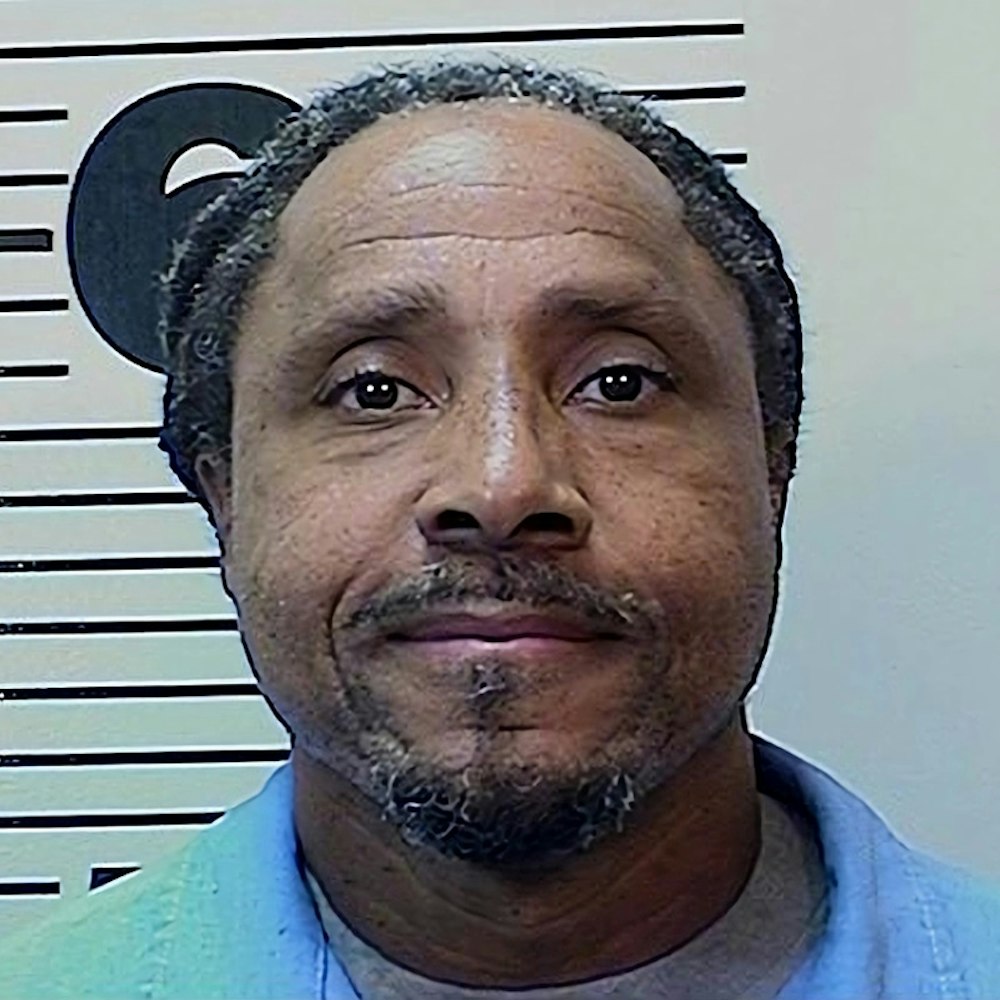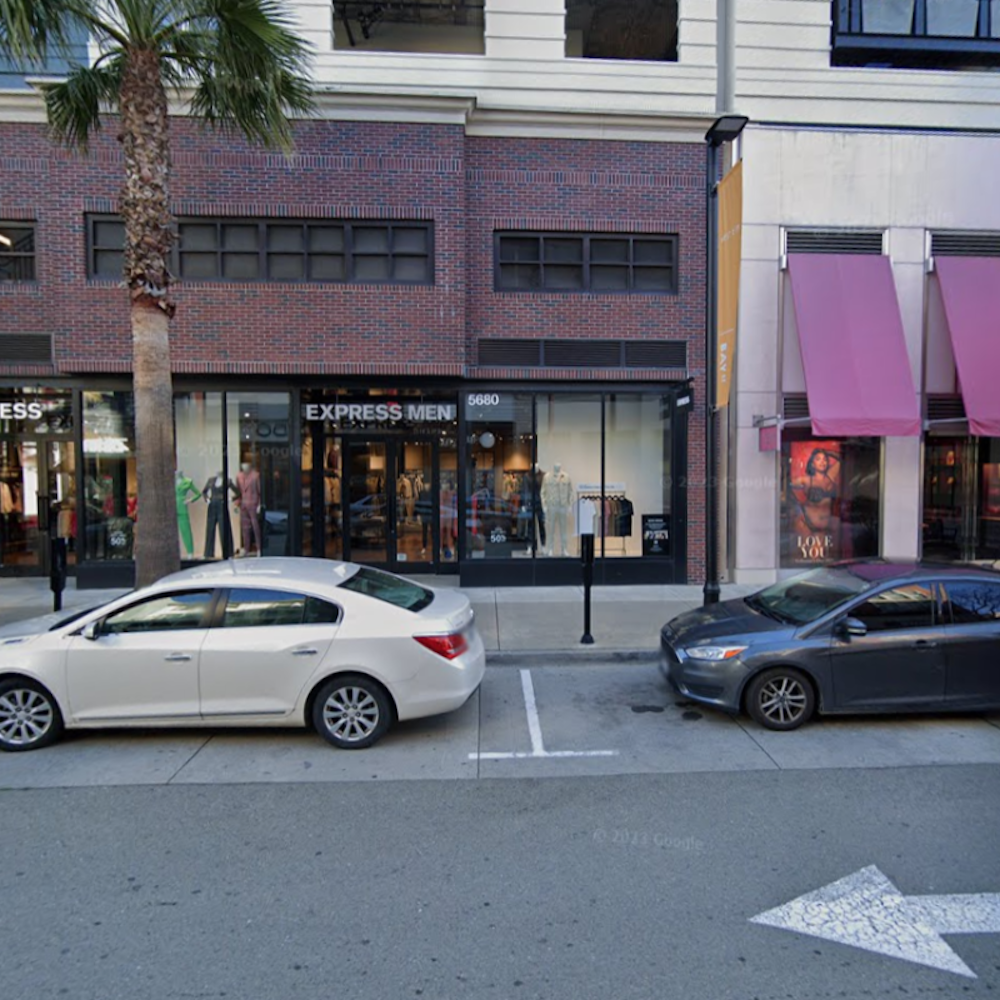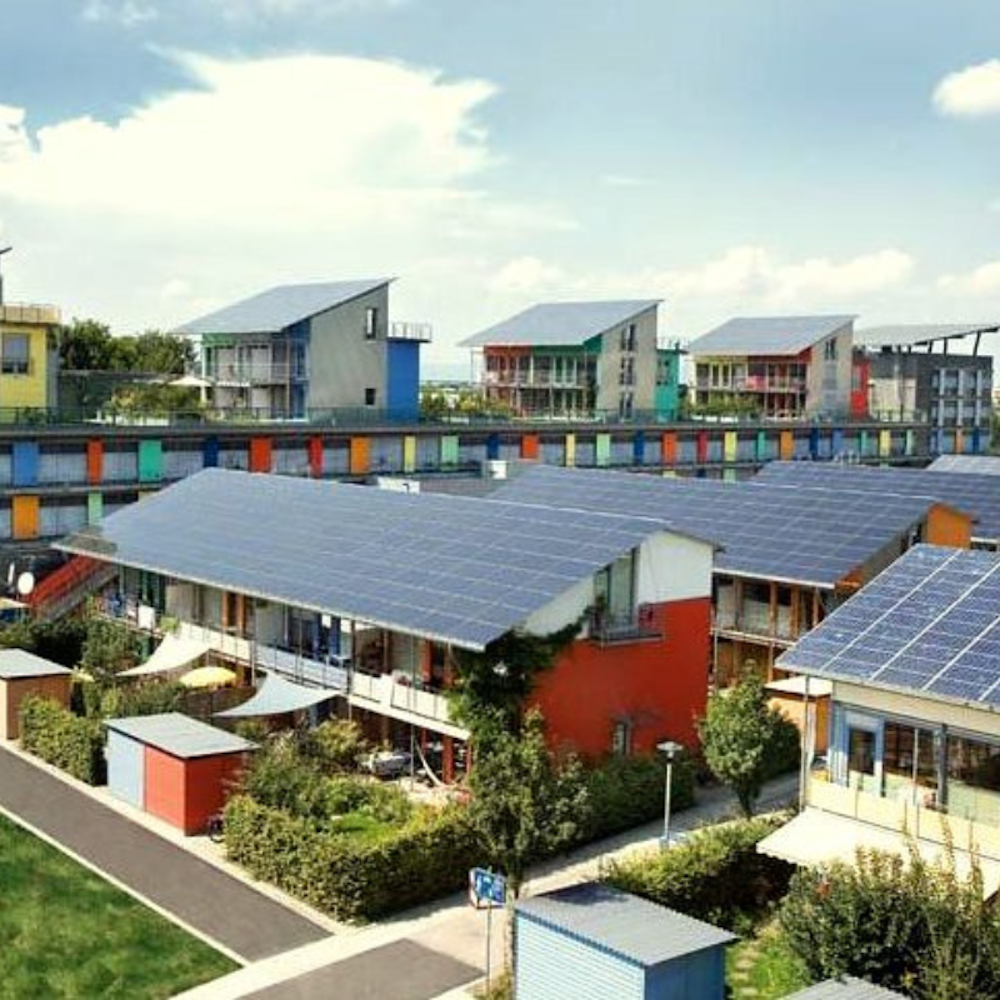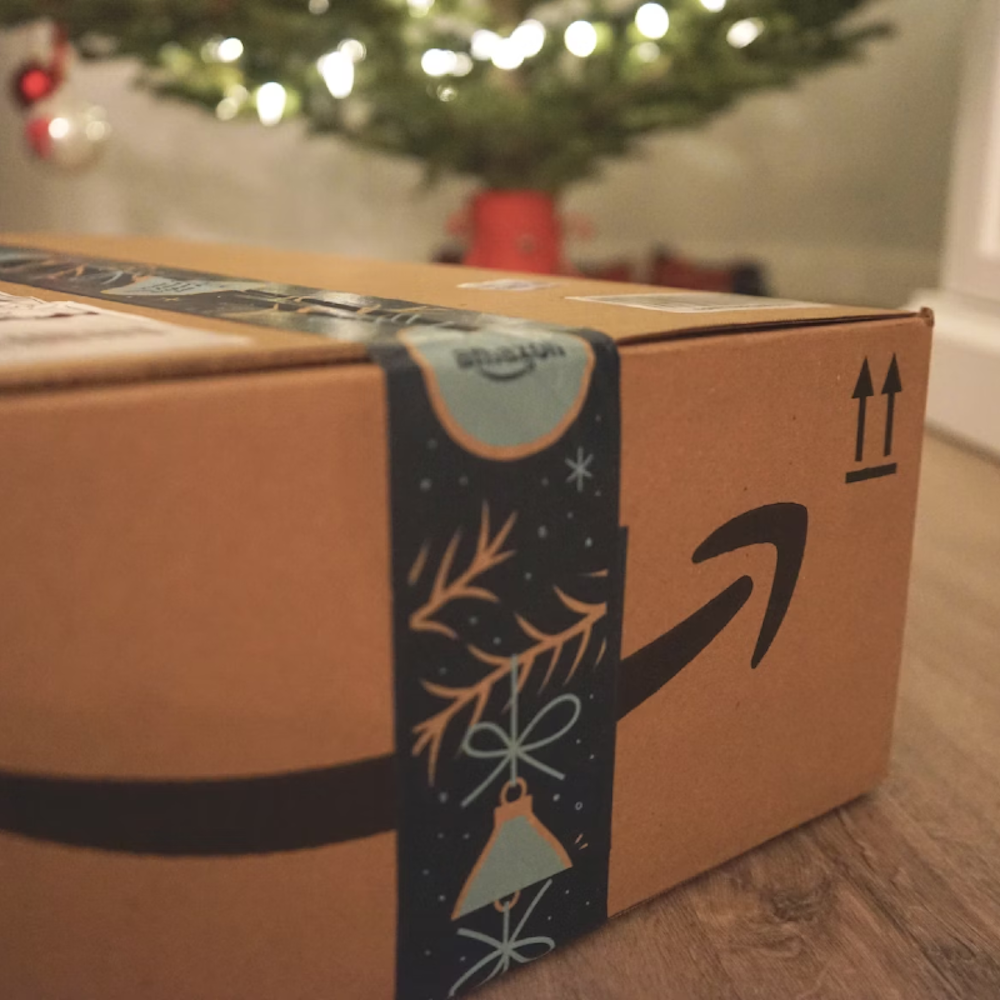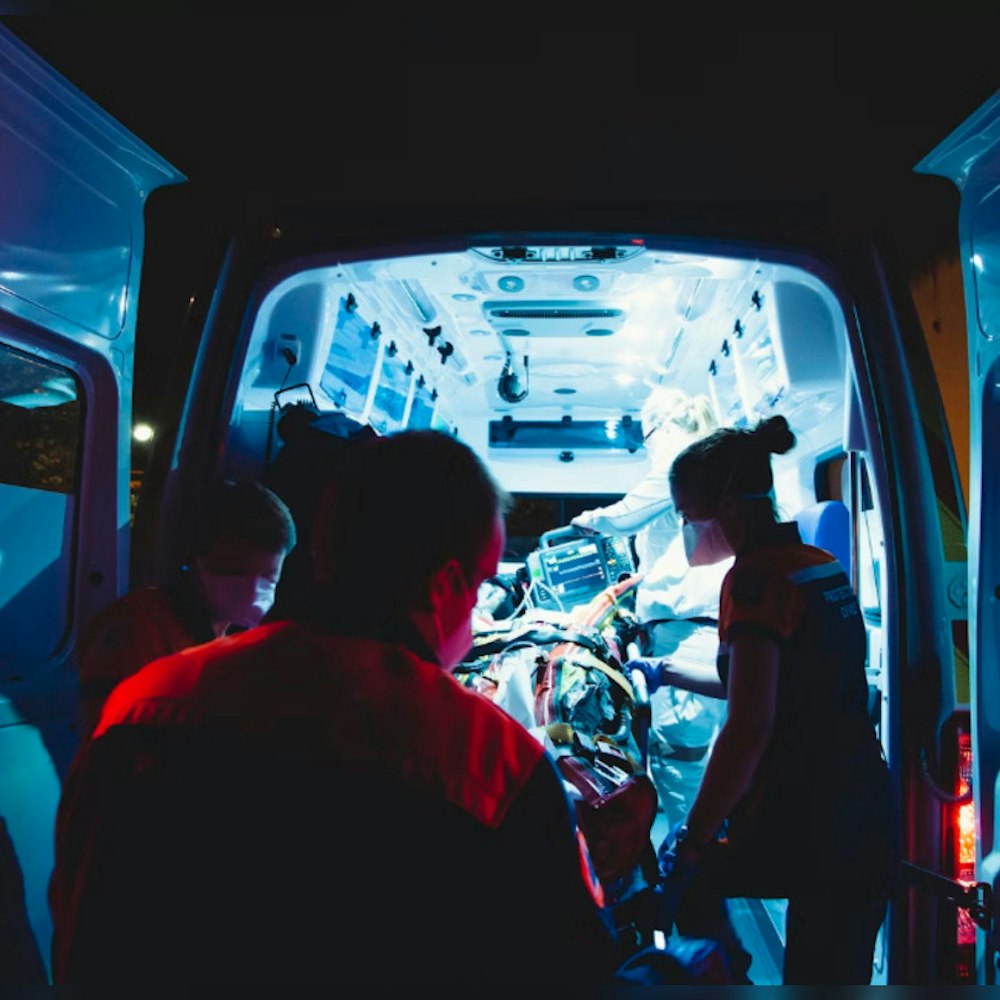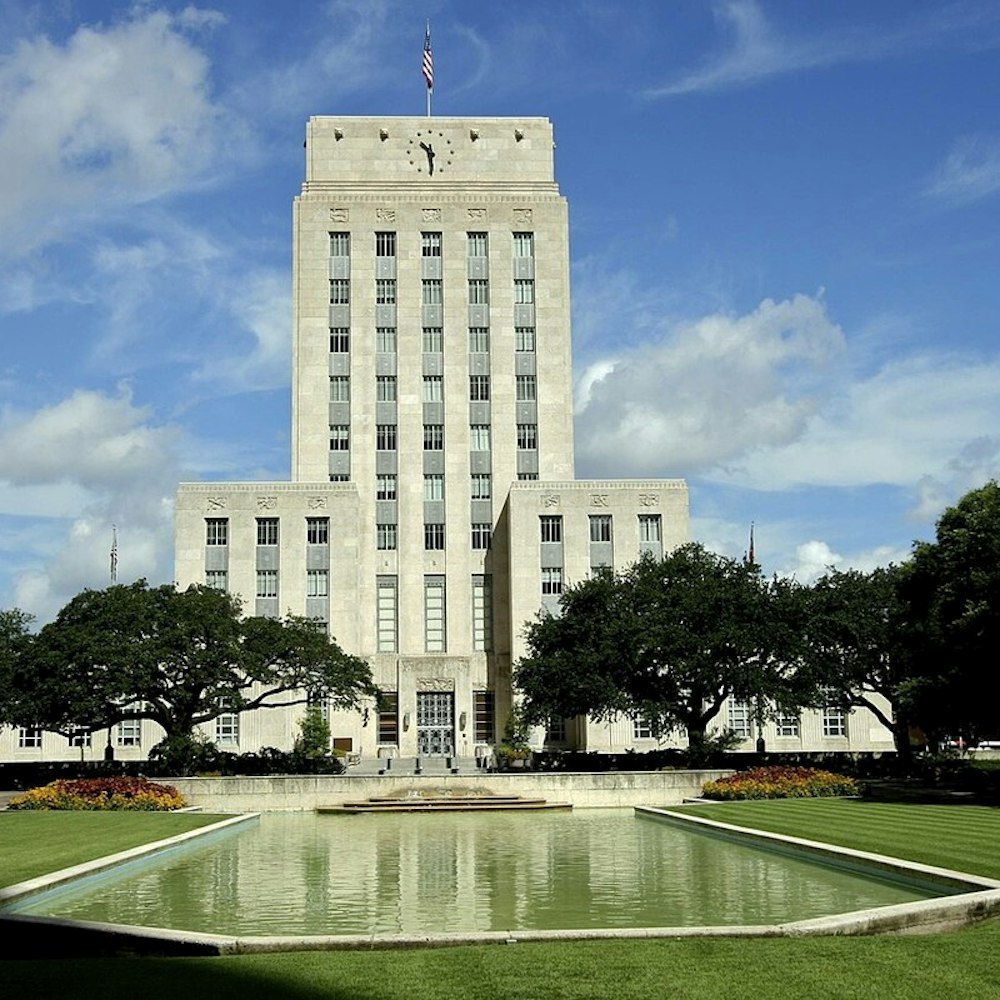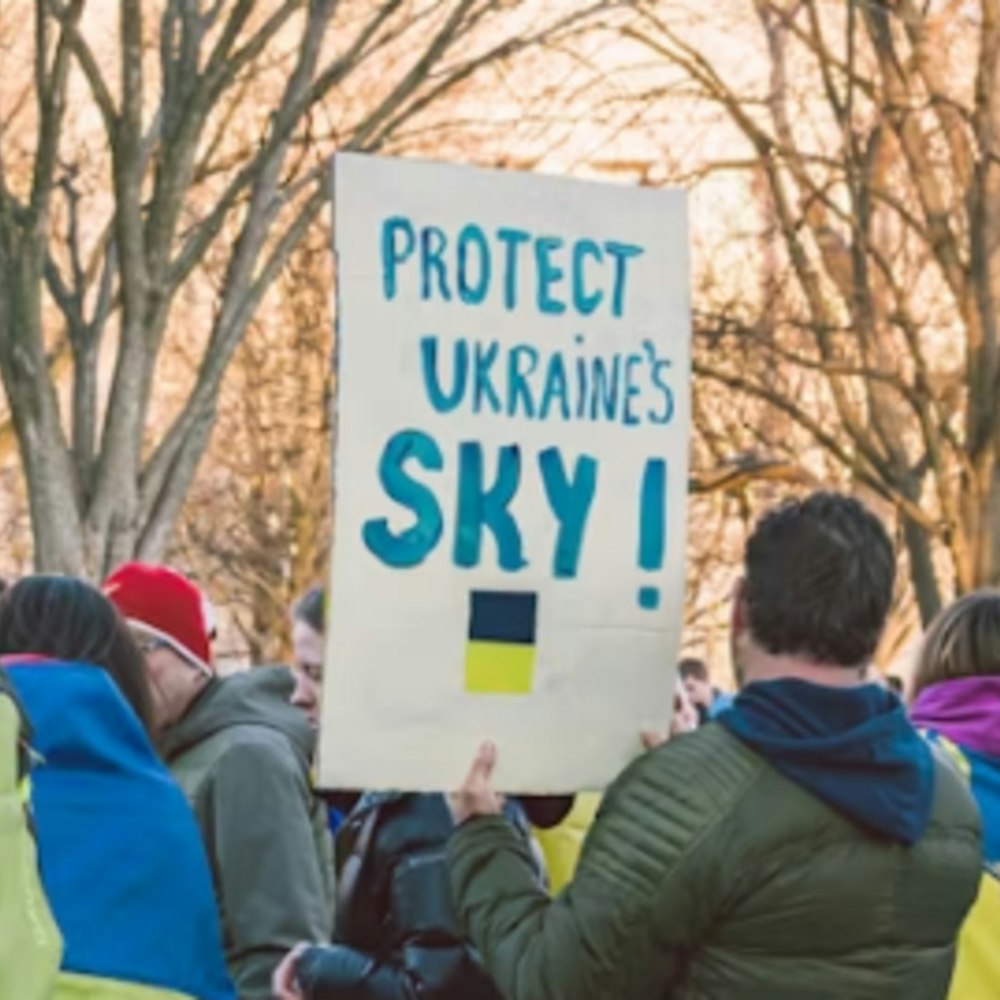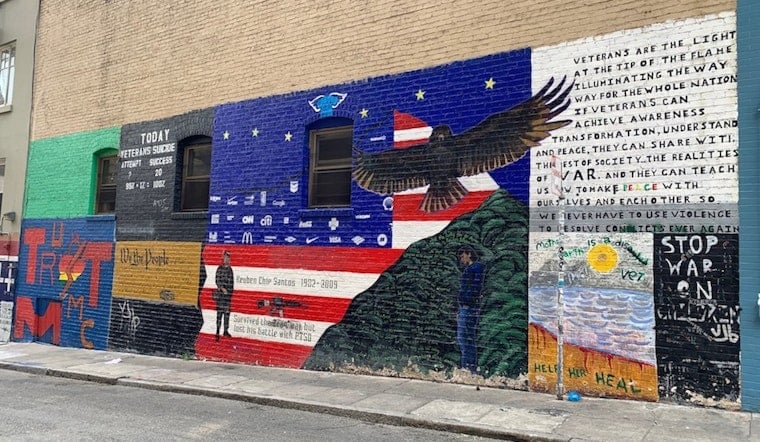
Four murals painted by military veterans were destroyed by Union Square's business improvement district last week, without the consent of organizers or artists in what's become known as "Veterans Alley."
For the past nine years, Navy veteran Amos Gregory has overseen the Veterans Mural Project. The project supports veterans — many of them chronically unhoused — in painting a rotating collection of murals on Shannon Alley, a block-long space between Taylor, Jones, Geary and O'Farrell streets.
The alley lies on the border between the Tenderloin and Union Square community benefit districts (CBDs), with each organization responsible for cleaning and abating graffiti in a portion of the space.
But Gregory says that the Union Square Business Improvement District (BID) overstepped its bounds in responding to a recent graffiti complaint, completely painting over four murals without discussing it with him or the artists first.
Two of the four murals, he said, were not even the subject of the alleged graffiti complaint.
"Some murals were completely destroyed while others were clearly untouched, so it seemed like something selective, but not requested, was going on," Gregory said.

The Union Square BID has only been responsible for the eastern side of the northern half of Shannon Alley — where the destroyed murals were located — since it renewed and expanded its territory last year.
Prior to that, the alley, which is completely within supervisorial District 6, was exclusively serviced by the adjacent Tenderloin Community Benefit District (TLCBD). The TLCBD still cares for the southern portion of the space.
Via email, the Union Square BID's executive director, Karin Flood, said that the property owner at 415 Taylor St. signed a “graffiti abatement agreement" once the Shannon Alley side of its property became part of the BID's service territory. The agreement specifically gives the BID permission to paint over any graffiti there, she said.
“While it is not our intention to remove murals, especially those that recognize veterans, we followed proper cleaning and graffiti removal protocols,” Flood said, noting that a mural on the back side of 415 Taylor St. had "a number of inappropriate markings and signs."
But Gregory says the BID had never fully painted over the veterans' work before, even after receiving past graffiti complaints. Over the past few months, he’s seen employees painting “just the space where there is graffiti," without damage to the larger murals.
“They have received graffiti requests in the past and did not destroy our murals then,” he said.
Gregory also notes that the graffiti complaint addressed by the BID only concerned 415 Taylor St., which Flood confirmed. But the BID also painted over murals on the Shannon Alley side of the Marker Hotel (501 Geary St.), he said.
The property owner of 415 Taylor St., which houses a parking garage and Napa Valley Wine Exchange, did not respond to requests for comment. The general manager of the Marker Hotel said it had not filed any graffiti complaints.

The TLCBD, which services the rest of Shannon Alley, has a graffiti abatement policy similar to the Union Square BID's.
But senior communications director Fernando Pujals said his organization has never received a complaint from property owners about the murals in Veterans Alley. Graffiti does crop up, but Gregory says the TLCBD has never painted over an entire mural to deal with it.
And while the TLCBD has helped support the alley's community events, like flea markets and block parties, the Union Square BID hasn't shown any interest in the alley’s work or its community, Gregory said.
"The TLCBD sees [Veterans Alley] as part of the neighborhood and supports the effort entirely," he said. "The BID seems to not want to get to know the project or support it at all."
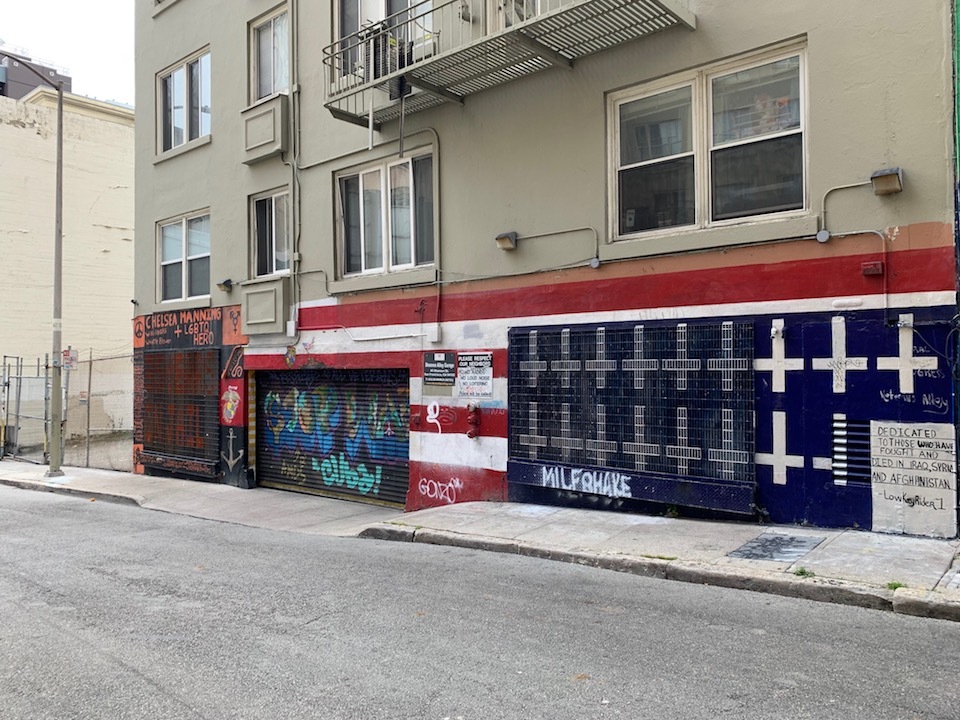
Gregory says the destruction of the murals is especially frustrating because, prior to the COVID-19 pandemic, the veterans largely did their own graffiti abatement. But with the current shelter-in-place order, artists haven't been able to regularly check in on their murals.
Gregory also noted that the veterans have tried hard to prevent graffiti in the first place. Three of the four now-destroyed murals were 12 to 15 feet above the ground, specifically to be out of reach of taggers.
To prevent taggers from tagging the murals, Veterans Alley had a black wall specifically designated for them to use. The Union Square BID painted over that wall in addition to the four murals; it's already been tagged again since.

Gregory is especially frustrated because one of the murals that the BID destroyed was his own: "Bruce's Song," painted in 2012. It honors Bruce Blackman, who served in the Navy during the Gulf War and became one of the first African-American Green Berets.
After the war, Blackman became a jazz musician. He later contracted HIV through intravenous drug use, and died from complications related to the disease in 2008.
During an AIDS march in Oakland, Gregory met Blackman's twin daughters and learned about his story. The trio ultimately painted the mural together.
The mural featured a segment of musical notation from Blackman's favorite John Coltrane piece, "Naima." Gregory said he would regularly run into musicians standing in the alley, trying to play the tune.

Rebecca Browning, a veteran who used to live in the Tenderloin, still frequents the block parties and flea markets regularly held in Veterans Alley.
She's purchased numerous used items from other veterans at the flea market over the years, including a $5 space heater she still uses regularly, and a $20 "mystery box" filled with collectibles.
Her son Elijah Washington, who lives with her in Park Merced, helped paint one of the alley's murals. It was damaged, but not entirely destroyed, by the recent graffiti abatement.
“Having a space place for chronically homeless veterans to go is crucial for their well-being,” Browning said. “The quiet alley provides a refuge from the busy nearby streets, to give them a place to think and be creative."
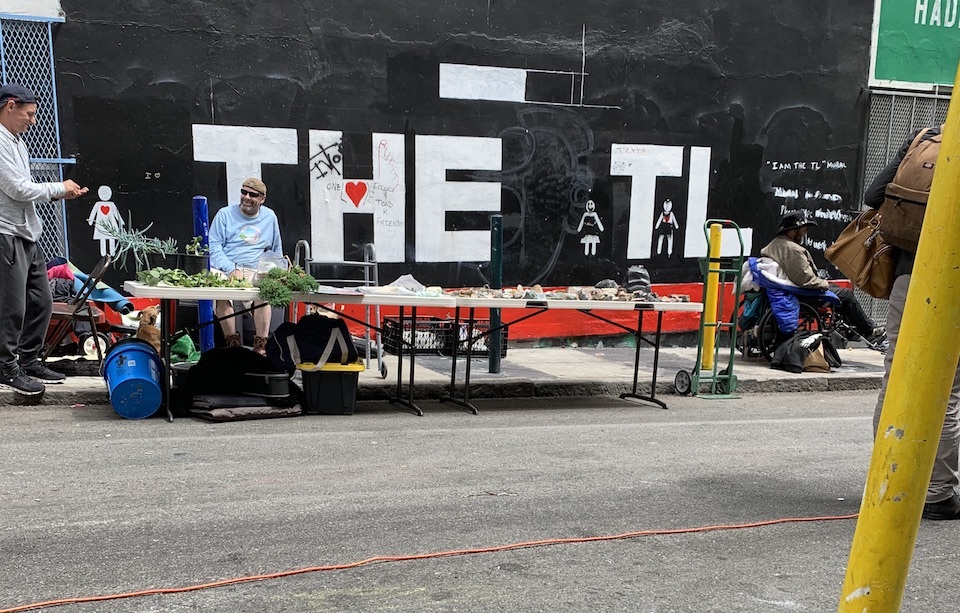
Gregory says he's tried to do his part to be a good community member. He says that the community, not he, named Veterans Alley, and that it wouldn't have survived this long without buy-in from surrounding property owners.
He also notes that the murals have turned around the alley, which was once ridden with crime and drugs and now regularly attracts tourists.
“These messages have resonated for years, and transformed the alley into a vital location,” he said.
He now plans to pursue legal action on behalf of the veterans whose work was destroyed, seeking financial recourse for the destruction of their art. This isn't the first time he's had to do so: in 2018, he fought to maintain a veteran’s memorial mural he painted on the San Diego-Mexico border.
“It’s harmful emotionally to the artists," he said. "This helped them heal, and now it’s causing new pain.”
